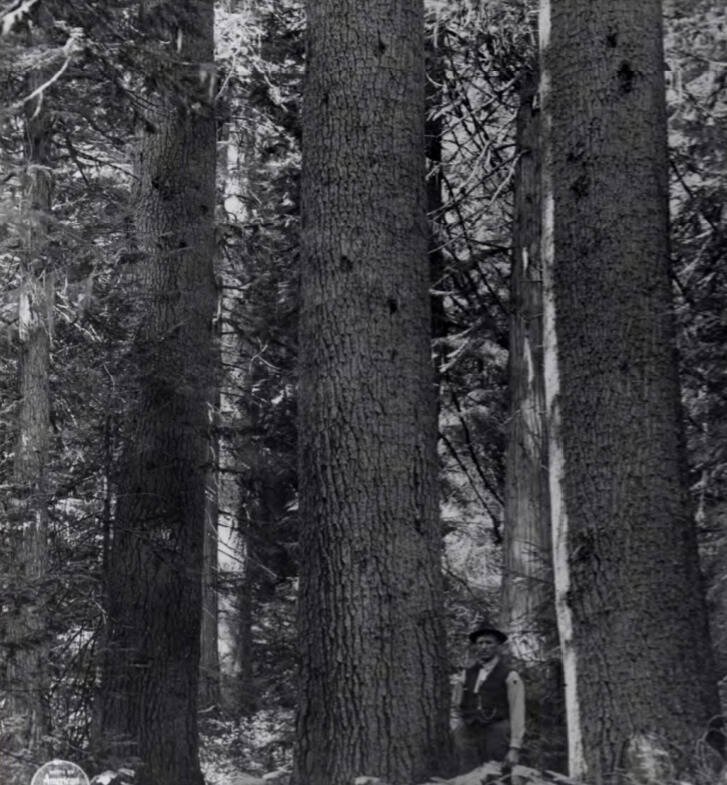 Historically Western White pine came into the region less than 10,000 years Before Present (BP) during the Moderate Glaciation period as the glaciers receded and temperatures warmed, according to pollen stratification records in the Washington Pacific Northwest. White pines transitioned and thrived in the period leading up to 4,500 BP, when the climate was warmer than today across the region. In that time the landscape was open deciduous savannah filled with oaks and hazelnuts and extended meadows that burned regularly.
Historically Western White pine came into the region less than 10,000 years Before Present (BP) during the Moderate Glaciation period as the glaciers receded and temperatures warmed, according to pollen stratification records in the Washington Pacific Northwest. White pines transitioned and thrived in the period leading up to 4,500 BP, when the climate was warmer than today across the region. In that time the landscape was open deciduous savannah filled with oaks and hazelnuts and extended meadows that burned regularly.
White pines served as a keystone coniferous tree within this deciduous dominant forest, as well as the period from 4,500 BP through present when firs and cedar became dominant species thriving in cooler regional conditions. White pine is considered one of our region’s climate adapted species that historically existed within an extensive range of cooler and hotter climate periods.
If you have any reforestation projects on your property, please consider planting a blight resistant strain of White pine anywhere you have full sun. A part of the islands’ past may be a key to its future.
Source: Western White Pine, A Tree of the Past for the Future | The Journal of the San Juan Islands
